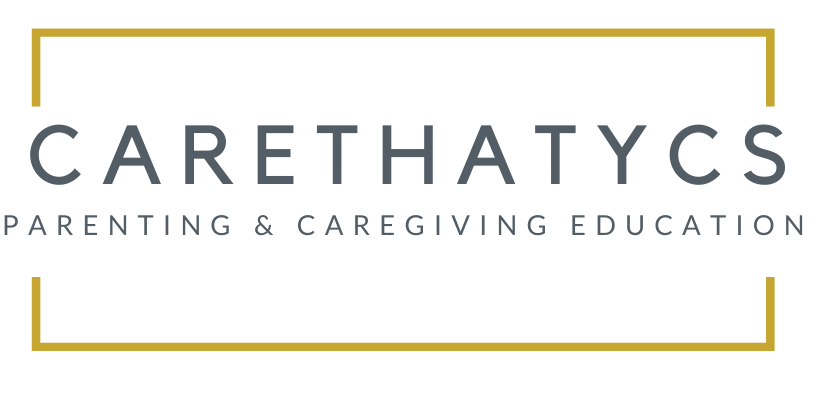Emotional literacy emerged with neuroscientific researches in the 90s, seeking to understand how the brain works its thoughts and emotions. As we recognize the feelings that bother us, we learn how to manage them and make assertive decisions according to what we are feeling.
The child learns to control their reactions.
In order to educate themselves emotionally, children need to learn first to identify situations and behaviors in others, and the many ways to respond to them. Thus, by controlling their reactions in the face of what happens to them, they will become less frustrated. Consequently, building up their self-esteem, empathy, developing clear communication, and building stable and healthy relationships.
The child with excellent emotional skills becomes more balanced and avoid destructive behaviors and toxic people. This ability is essential not only during the school years but throughout their lives. Dealing with people, work under pressure, be flexible, and adaptable are crucial skills for the personal and professional success of an adult. However, the foundation of these skills is built when we are still very young.
Failing to build this solid base will generate serious consequences that may be difficult to reverse.
Tips on how to foster emotional literacy:
- Separate what generated a certain feeling – the cause – to the feeling itself;
- Don’t minimize what your child is feeling, be compassionate and show empathy so they will learn to trust you to express their feelings;
- Help to name the feeling your child feels;
- Maintain eye contact when talking to them;
- Talk and express yourself to your children from birth. Babies may not be able to speak, but they will be reading and understanding your facial expressions, for example: “I am sorry your tummy is making you so upset!” *make a sad, concerned face*
- Talk through their emotions, describe the feeling and where they feel them in their body. Children are still building their vocabulary and will need help learning how to express what they’re feeling. Instead, little ones tend to express themselves through behaviors – maybe throwing things on the floor, screaming, pushing, etc.
- Explain to them that much of these feelings will come and go once they calm down and are more receptive to listening.
- Be an example to your kid, show him that you also go through situations that stir up a range of feelings, good and bad, but you know that is normal and temporary.
Teaching emotional literacy is a process in which we seek to analyze our impulses and reactions in a rational way. You will know you are making progress when:
- Your child knows how to identify what they’re feeling;
- they know how to use the tools you taught them to express their feelings healthily; and
- they know how to be in control of their emotions and reactions.
Recognizing and working on these steps will not only help your kid cope with what they feel, but it will also increase their self-control and self-confidence. Consequently making it easier for them to deal with adversities and solve conflicts.

